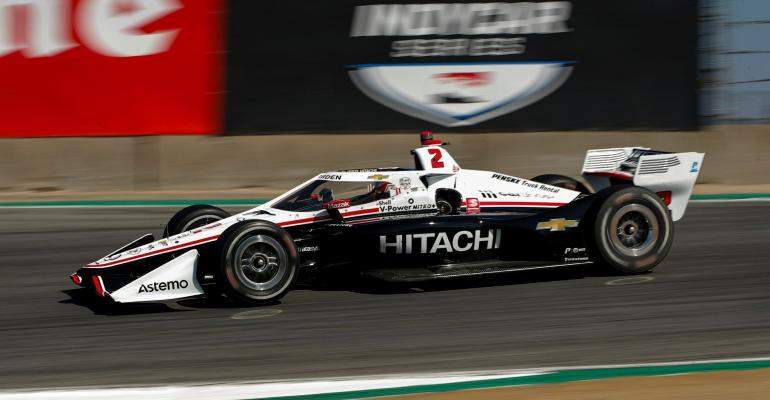FARMINGTON HILLS, MI -- A new mega supplier from Japan has its eye on making components and systems for both battery-electric and internal-combustion-engine vehicles.
Hitachi Astemo was created in 2021 from the merger of Hitachi Automotive Systems with three other Japan-based suppliers – Nissin Kogyo, Keihin and Showa – establishing a single, healthier company focused on safety, electrification, comfort and sustainability.
The strategy, laid out in a briefing session at the company’s office here to Wards and other members of the automotive media, is combining the manufacturing and technical expertise of Nissin and Chassis Brakes in brake systems, Keihin’s powertrain business and Showa’s suspension and steering business with the core businesses of Hitachi Automotive Systems.
Tim Clark, CEO and president of Hitachi Astemo Americas, says the second word of the company’s name stands for Advanced Sustainable Technologies for Mobility. It also fits with plans to build on the strength and expertise of the companies that formed the new entity by expanding its capability in powertrain technology, chassis systems and advanced driver-assistance features.
The merger also is reshaping the traditional, family groupings of Japanese suppliers, Clark says. In the past, Hitachi was part of the Nissan family of suppliers. But the other founding companies come from the Honda family, he says, and 40% of Hitachi Astemo’s business is with Honda. The rest comes from Nissan, General Motors and Ford, Clark says.
As part of Hitachi Ltd., the new company has technical depth, software capabilities, advanced manufacturing skills and global scale, the CEO explains.
The goal is to expand its business with other carmakers. Honda’s percentage is expected to decline as Hitachi Astemo picks up new business, Clark says. The annual sales of Hitachi Astemo are expected to increase to $14.8 billion in fiscal 2025 with EBIDA margin of 15%, the company says.
Revenue from the company’s electrification business, a key area targeted for growth, is expected to reach $3 billion in fiscal 2025 and more than double current levels by 2030, the company says.
Electrification is an area in which the company already boasts considerable experience since it produces both inverters, the device that converts electricity derived from the battery to alternating current that drives electric motors, as well as the electric motors themselves, Clark says.
Automakers build their own internal-combustion engines, Clark adds. But there is a debate across the industry, company to company, whether it’s better to make or buy inverters and electric motors. Hitachi Astemo has considerable experience building the components necessary for electric powertrain, he says.
To support its growth plans, Hitachi Astemo also will draw on the R&D of Hitachi Ltd. in electrification, digital systems and software, Clark says. Hitachi Ltd.’s digital expertise fits neatly with the auto industry efforts to deliver over-the-air updates to vehicles.
John Nunneley, senior vice president Hitachi Astemo Americas, says Hitachi is not about to give up on the internal combustion engine. “We see a pretty long life for ICE, but not as much technical development,” he says. Current targets are for the U.S. to reach a BEV penetration of 67% of new light-vehicle sales by 2032 and to zero out new ICE vehicle sales by 2040. But there will still be a lot of ICE vehicles on the road after that needing replacement parts.
Nunneley says one of the trends over the next decade-plus will be an increase in hybrid ICE and EV systems, another source of business for the supplier. The executives note that the company can supply finished modules and complete systems, which is in demand from many OEMs, both large and small.
Hitachi Astemo is also a significant supplier to the motorcycle sector, thanks to its long association with Honda, and has a big business in hydraulic suspensions and foundation brakes, as well as calipers and throttle bodies.
To support Hitachi’s growth plans, the company recently expanded its U.S. manufacturing capacity with a $100 million, 752,000-ft. (69,863-sq.-m) expansion of its Berea, KY, plant. The expansion of is designed to specifically support the growth of BEV-related business.
The recently formed company is poised for growth, but executives say its new brand needs greater exposure. To help that process along, it has bought into a sponsorship in the Indy Car series with Team Penske, as well as in motorcycle racing.





